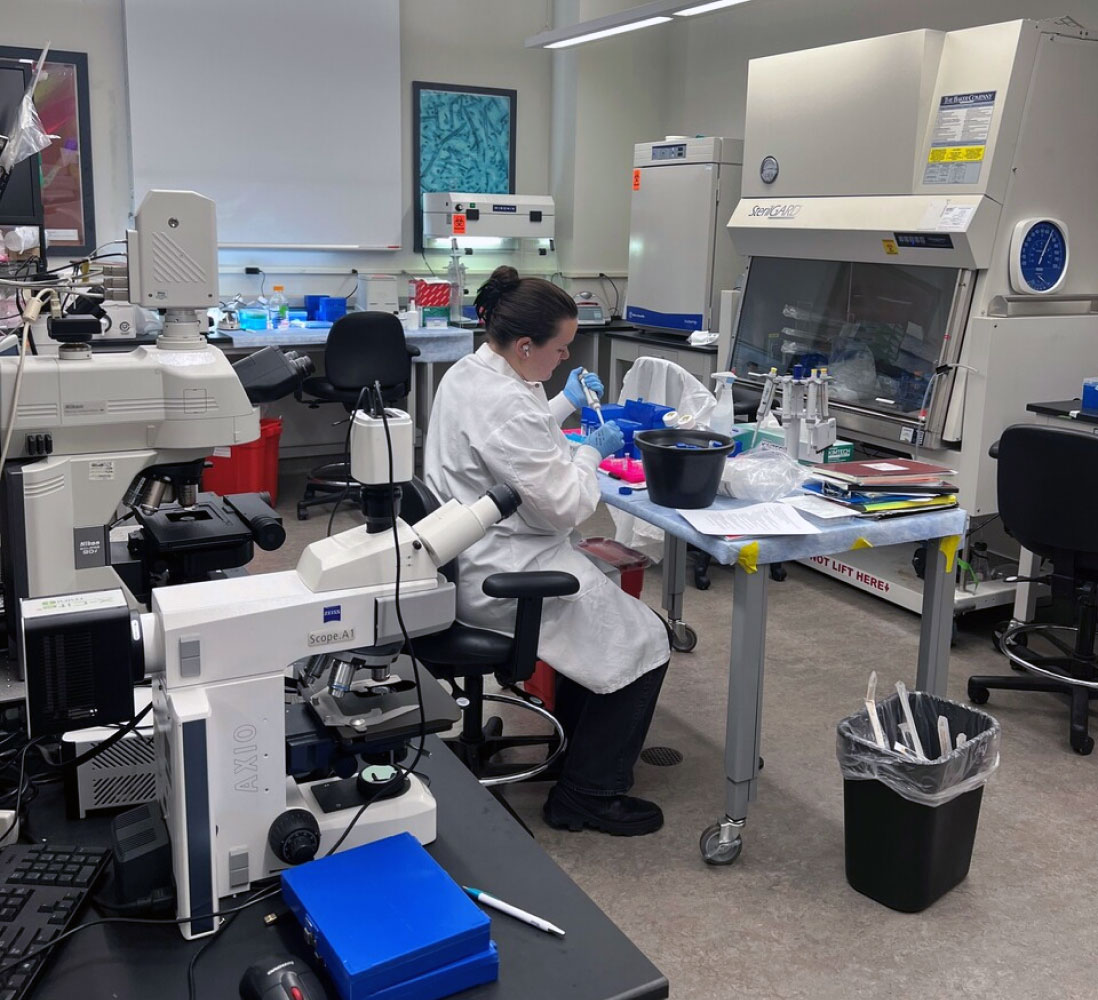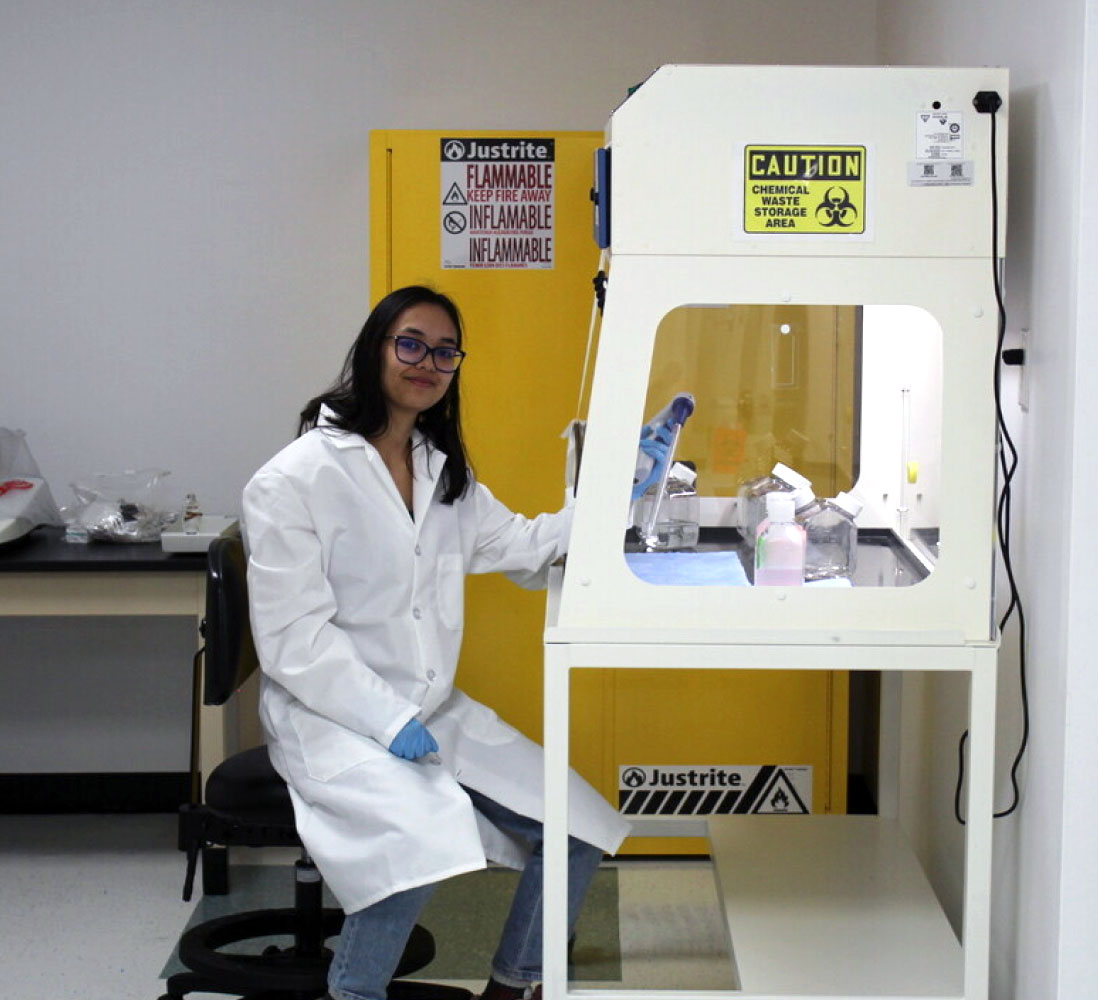Harlem, NY Research
Research on the Harlem campus is innovative and dynamic with topics of study spanning a broad range of biomedical research areas. Faculty investigators aim to make valuable contributions to their fields of study while also training our medical students in the skills necessary to become successful clinical investigators. With fully equipped labs at our disposal, TouroCOM faculty are at the forefront of discovery and advancement.





